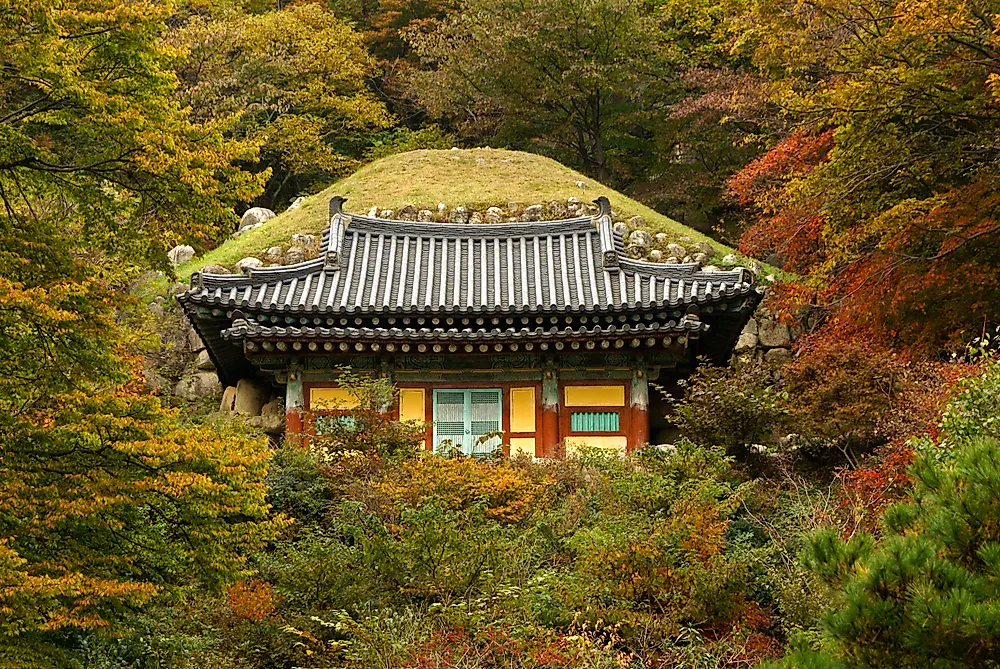What Was The Silla Kingdom?

The Silla Kingdom was one of the most prominent kingdoms of East Asia and dominated in the region’s politics, trade, and culture for centuries. During its golden age, the kingdom’s territory covered the entire Korean peninsula. Despite the kingdom collapsing over a thousand years ago, the influence of the Silla Kingdom can still be felt to date in modern Korea.
Early Beginnings
The Silla Kingdom is believed to have established in 57 BCE by Bak Hyeokgeose, who—according to legend—was hatched from an egg, and was also the founder of the Bak clan. However, it wasn't until the 2nd century CE that the kingdom existed as a state, albeit a small city-state. Naemul of the Gim clan became the kingdom’s first central monarch in the 4th century and starting a long lineage of Silla kings. Buddhism that was introduced in the kingdom in 530 CE would soon be recognized as the official religion.
The Unified Silla Kingdom and Golden Era
The 7th century represented the golden age of the Silla Kingdom, with the Silla aristocratic government making smart moves such as allying with China’s Tang Dynasty. This move was served to solidify the dominance of the Silla Kingdom across the entire Korean Peninsula, which it had conquered by 668 CE and forming the Unified Silla Kingdom. The close relationship between China and the Silla Kingdom was of mutual benefit and saw Silla culture borrowing heavily from the Tang culture. The kingdom’s population also recorded unprecedented growth during this era, with the population being estimated to have reached over 2 million in the 8th century. These records are based on census exercises regularly conducted in towns in the kingdom. Education thrived during the golden era, with the National Confucian University being established in 682. However, the glory days did not last long. The death of Hyegong of Silla in 780 CE marked the end of the middle period of Silla, in a bloody transition featuring a violent civil war. The assassination also marked the start of the decline of the kingdom.
Late Silla and Collapse
In death, Hyegong had become the last king of the Muyeol lineage, which had commanded great respect in the kingdom for years. Other later monarchs from the Wonseong lineage lacked the authority and became puppets controlled by different influential aristocratic families. The absence of central royal authority in the kingdom became the source of countless civil wars, which crumbled the prominence and influence of the Silla Kingdom in the region. Nonetheless, the kingdom still had its presence in the region felt, particularly in maritime trade. It was also during this troubled period that Buddhism flourished in the kingdom, with many of the famous Buddhist temples seen today being constructed during the Later Silla era. In 935 AD, the kingdom fell under the Goryeo dynasty and marking the end of the Silla Kingdom.
Legacy
There are numerous structures attributed to this kingdom, the majority of which are temples. Some of these ancient structures still stand to date. One such temple is the Sokkuram temple located on Mount T’oham in Kyongju, South Korea. The temple is estimated to have been constructed in the 8th century and is often regarded as having the finest works of ancient Buddhist art in Asia. The walls of the temple depict important Buddhist personalities including the bodhisattvas. At the center of the temple is an elevated pedestal, on which sits an immense statue of Buddha Gotama, with a height of 11.5 feet.











